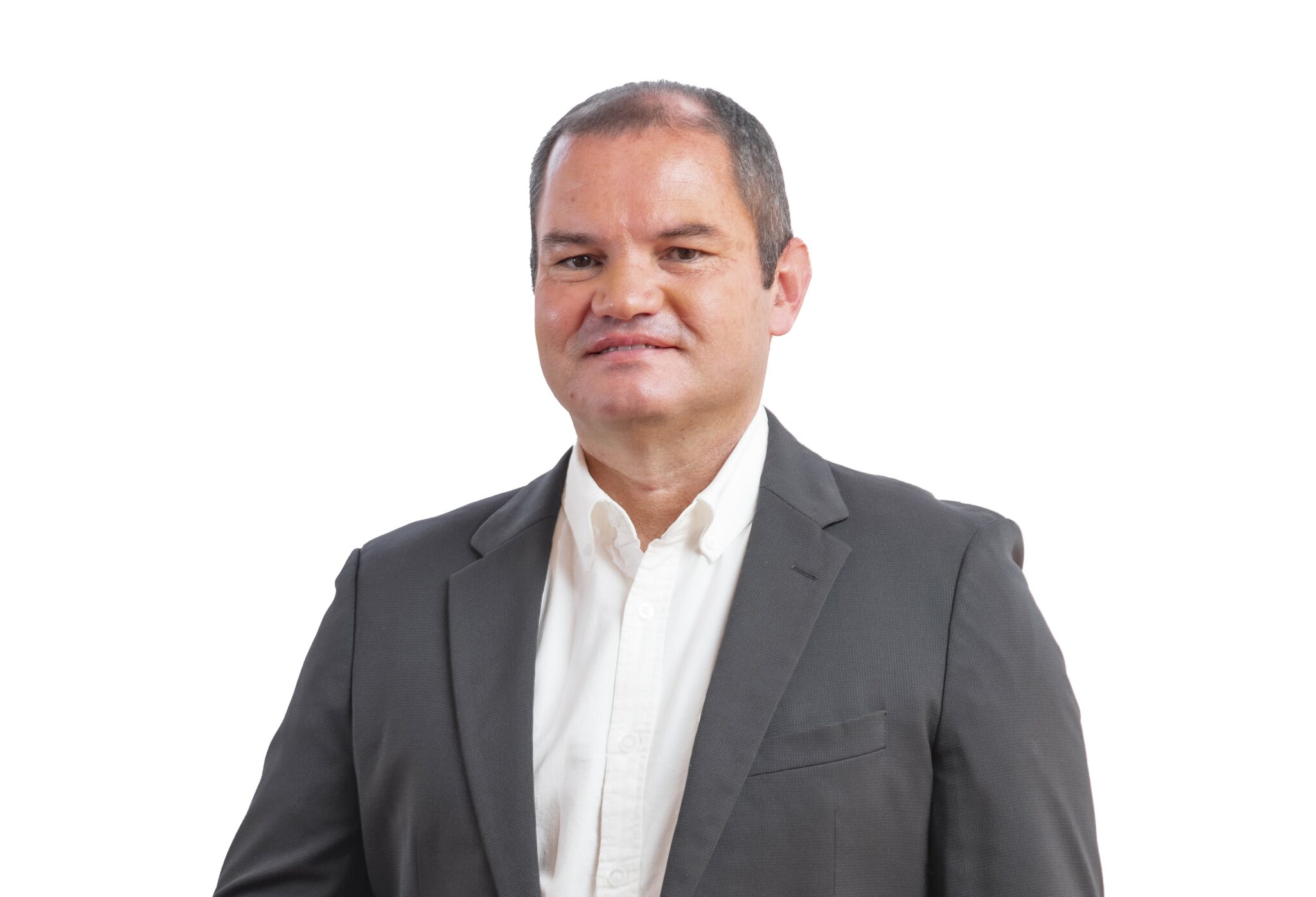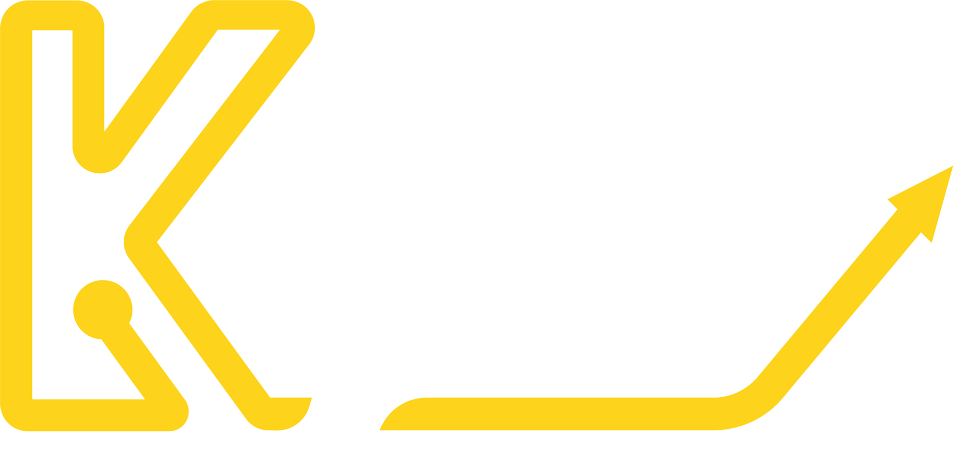Kyosk’s Approach To Digitizing Corner Shops

We caught up with Kyosk’s Chief Product and Technology Officer, Gavin Harvett, as he talked through the Kyosk journey
Most people know them as corner shops; in some parts of Africa they’re referred to as Mom and Pop shops; in East Africa they’re called Kiosks. These are the shops that are closest to where you stay, the shops that you frequent every day to get your basic needs for your home.
In this digital transformation age, these shops have been neglected the most with many people focusing on growing e-commerce to maybe one day replace the corner shops. However, one African startup, Kyosk, took on the challenge to help digitize the corner shops rather than replace them with e-commerce. It is even near impossible to replace these shops anyway.
We caught up with Kyosk’s Chief Product and Technology Officer, Gavin Harvett, as he talked through the journey that Kyosk has had since its inception. While most people only recently started hearing of Kyosk and its impact on corner shops in Africa, the startup had actually been operational three years prior.
CIO Reporter: What has Kyosk been up to before you actually came to the limelight?
Gavin Harvett: The team set up this brilliant brand and went on the ground working to build the business. It started off in Nairobi with six locations, expanded across territories, across Kenya. Within the first year, we were in 19 locations in Kenya and later we went into Nigeria, Uganda, and Tanzania. We have been silent for a while but we will now be making our presence known. We’re being a lot more visible, a lot more vocal, and I think we’ve earned our place in this domain to make a bit of a name for ourselves.
What kind of technology do you leverage on to operate the Kyosk business?
The way we’ve gone about it is we’ve leveraged the Internet and we’ve leveraged mobile technologies primarily and on the back of that, we’ve built a platform which we host in the cloud. It’s all cloud native.
So how does this whole process work? How does Kyosk organize it all?
Through a combination of user-facing portals and customer-facing apps, we are able to digitize every single step of Kyosk’s standard operating procedures to digitize the distribution chain. It starts with market developers who onboard the kiosks/retailers onto our platform. Those retailers then download our app from where they can self-serve, place orders on any of the products in in the Kyosk catalog.
We started the business with FMCG, the typical products that you would buy from a traditional retailer like rice, flour, cooking oil etcetera. In our catalog for products, we have well over 350 different products that customers can buy.
Those orders are then made visible to our warehouse and dispatch teams, which we have now set up in 42 different locations in four countries, starting in Kenya and then last year we expanded into Nigeria, Tanzania, and Uganda.
So the warehouse team sees all the orders coming in from the retailers. The orders are then combined into groups in a sensible manner based on the predetermined routes that we’ve set up in our system. Lastly, we dispatch those orders for delivery based on the location of the retailers and the delivery windows that they’ve chosen at the time of placing the order, they can choose same day delivery or next day delivery.
What have you done to ensure that you mitigate losses in this whole process?
We have another process where we’ve paid more attention to mitigating losses that could easily occur in the warehouse.
We have put apps in place for what we call stock verifiers who verify all stock movements coming into the warehouse when suppliers deliver inventory to us. They also verify stock movements going out of the warehouse into the driver’s vehicles. There’s a checklist on the phone on one of our apps, we call it the verifier app, that makes sure only the products that are meant for delivery by that specific driver on that delivery run is moved from the warehouse to his vehicle.
That is the point when risk and responsibility are transferred to the driver, but we have got all the checkpoints in place, all the records digitized in place to make sure that we can trace every single stock movement from the warehouse into the drivers’ vehicles.

What was the situation for these retailers before Kyosk came along?
The problem that was identified was easy access to stock for these mom and pop shops. They often had to close their shops, drive quite a long distance or catch a ride to somewhere they can go and buy stock. Sometimes they get to the wholesaler only to find that the wholesalers are out of stock. They had no visibility of what is in stock and what the prices would be.
What Kyosk has now done is we give them visibility of available stock right on the app so they can see what is available and in some cases for the main products like flour, rice, cooking oil, we have alternatives as well. There’s more than one supplier that we listed in our catalog, so they have options.
They can place the order without closing their shop and they can choose to get it delivered to the shop the same day or the next day. At the same time, we are now able to collect data about what these mom n pop shops actually buy, how often they buy and the specific product mixes that they buy that is extremely beneficial to manufacturers.
Speaking on data, are you also using this data to help them make better decisions on what to stock in their shops?
It’s not completely built into the user experience yet, but we are definitely exploring that through some data modelling and data science. It would certainly enable us to predict purchase patterns and to recommend certain purchases to our retailers based on what other people similar to them in the community is purchasing.
What about credit? Do you offer credit services to these small retailers to enable them grow their businesses as well?
Yes, we do. So, we do extend credit for those inventory purchases with specific payment terms to the retailers to pay back the credit. We are also further expanding the financial services we offer to our customers.
Do you have any plans to expand to other countries as well?
We are slowing down our geographic expansion to new countries at the moment. Currently we are looking to expand the breadth of services and categories we offer within the countries we are operational in and establish more presence in those communities.
More From The Blog
-
B2B E-commerce Startups Rise Among Africa’s Fastest-Growing Companies
A notable trend is emerging in an increasingly coveted list of the fastest-growing companies across Africa: the ascent of B2B e-commerce startups. Financial Times’ (FT) annual rankings offer a window into this narrative, showcasing the endeavour and remarkable growth trajectory of these ventures amid economic flux. In FT’s latest list: Africa’s Fastest Growing Companies 2024, Nigeria-based
May 15, 2024 Read More -
Kenya’s Kyosk is a digital distribution platform for small retail outlets, farmers
Kenyan startup Kyosk has developed a digital-first, data-led distribution platform that revolutionises the way small retail outlets, farmers, and their communities in Africa connect with high-quality and affordable goods and services through digitised value-chains. Founded in 2019, Kyosk enables shops and eateries to order conveniently and receive deliveries within 24 hours, while its last-mile deliveries to hard-to-reach communities
September 18, 2023 Read More -
Kyosk’s Approach To Digitizing Corner Shops
We caught up with Kyosk’s Chief Product and Technology Officer, Gavin Harvett, as he talked through the Kyosk journey Most people know them as corner shops; in some parts of Africa they’re referred to as Mom and Pop shops; in East Africa they’re called Kiosks. These are the shops that are closest to where you
September 18, 2023 Read More
